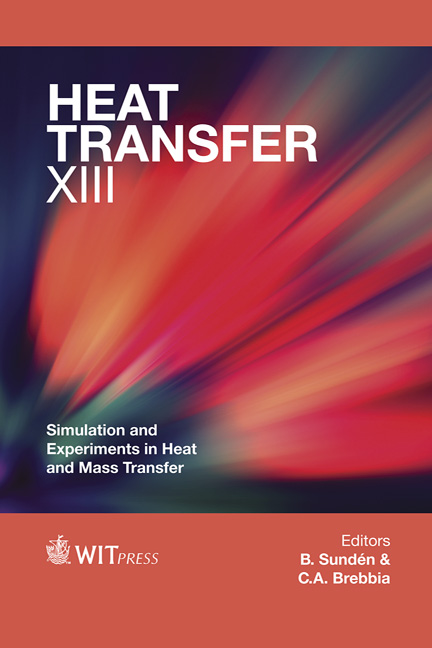Is The Performance Of A Virtual Sensor Employed For The Prediction Of The Ledge Thickness Inside A Metallurgical Reactor Affected By The Thermal Contact Resistance?
Price
Free (open access)
Transaction
Volume
83
Pages
10
Page Range
517 - 526
Published
2014
Size
726 kb
Paper DOI
10.2495/HT140441
Copyright
WIT Press
Author(s)
M. LeBreux, M. Désilets & M. Lacroix
Abstract
A virtual sensor is developed for predicting the time-varying thickness of the ledge on the inside surface of a wall of a high-temperature metallurgical reactor. The virtual sensor tracks the position of the solid-liquid phase front using thermal measurements taken from a heat flux sensor embedded in the reactor wall. The virtual sensor comprises a state observer coupled to a reduced model of the reactor. It also accounts for the thermal contact resistance of the wall structure. Results indicate that the virtual sensor is increasingly accurate as the magnitude of the thermal contact resistance augments. Moreover, the predictions of the virtual sensor remain accurate even when the contact resistance is poorly known. Keywords: ledge, metallurgical reactor, virtual sensor, inverse method, thermal contact resistance, unscented Kalman filter, state-space model.
Keywords
ledge, metallurgical reactor, virtual sensor, inverse method, thermal contact resistance, unscented Kalman filter, state-space model.





